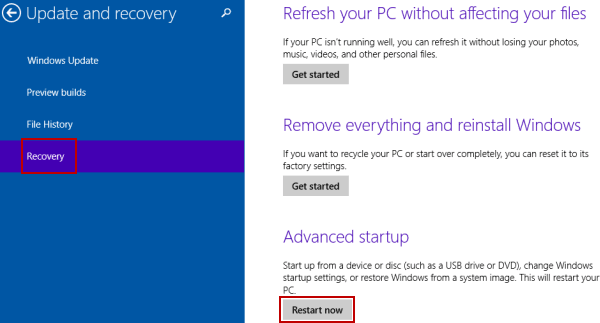

You can export the logs on an XLS or CSV file as needed.

#Enable php debugging on webtrees how to
This is how to use debug_print_backtrace() in the f3() function:ĭatabase logging is about saving your debug logs to the database instead of a regular file. debug_print_backtrace() echoes the output automatically, so you don't have to use print_r().debug_print_backtrace() shows the function calls as text lines, instead of array elements.There are two main differences between these functions: You can also use the debug_print_backtrace() function as an alternative to debug_backtrace(). For example, the last function call shown in the first array element has the number 6 as only argument. the list of the function arguments, as an array.the function name ( f3 in the first element).the line where the function call has been made ( 15 in the first element).If the function has been called from an included file, this element contains the included file path the file from where the function has been called ( C:\xampp\htdocs\test.php).The first element of this array is the last function call ( f3() in the example), and the last element of the array if the first function call ( f1() in the example). Each element of this array is a function call. This is the ini_set() syntax to enable the HTML error reporting:ĭebug_backtrace() returns an array. You just need to copy the script you want to debug to a different location (better if private) and add the ini_set() statement at the beginning. By making a copy of the script to debug it.There are four different ways to do that: Step 3: enable HTML error output only for yourselfĮven if you disabled HTML error reporting in your php.ini (by disabling the display_errors directive), you can still enable it at runtime by using the ini_set() function.Īgain: you don’t want to do that always, but only for yourself. In step #3, I’ll show you how to display debugging messages in the HTML output only for yourself, without affecting regular users. Now, debugging messages are saved to the PHP error file only. This is the standard production configuration.īut you don’t have to use the log file to debug your scripts. The most common setting, which is also the one I recommend, is the following one: This directive enables error reporting for specific message types. Search for the error_reporting directive in your php.ini file. It may seem complicated, but you can do that in three simple steps.įirst, make sure error reporting is enabled. So, you want to be able to see those messages but, at the same time, you want to hide them from remote users. However, they are very useful for debugging purposes. Moreover, such messages may help attackers gain information about your system (I explain exactly how to avoid this and similar security issues in my PHP Security course). You do not want to show these messages in production, because they can mess with the output HTML. If you misspell a variable or if you use an invalid array index, PHP generates a Notice (and the script execution continues).If a database connection fails, PHP generates a Warning (and the script execution continues).If you use an invalid syntax, PHP generates an Error and stops the script execution.Here are some examples of error reporting:


 0 kommentar(er)
0 kommentar(er)
